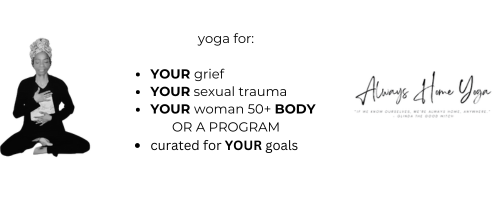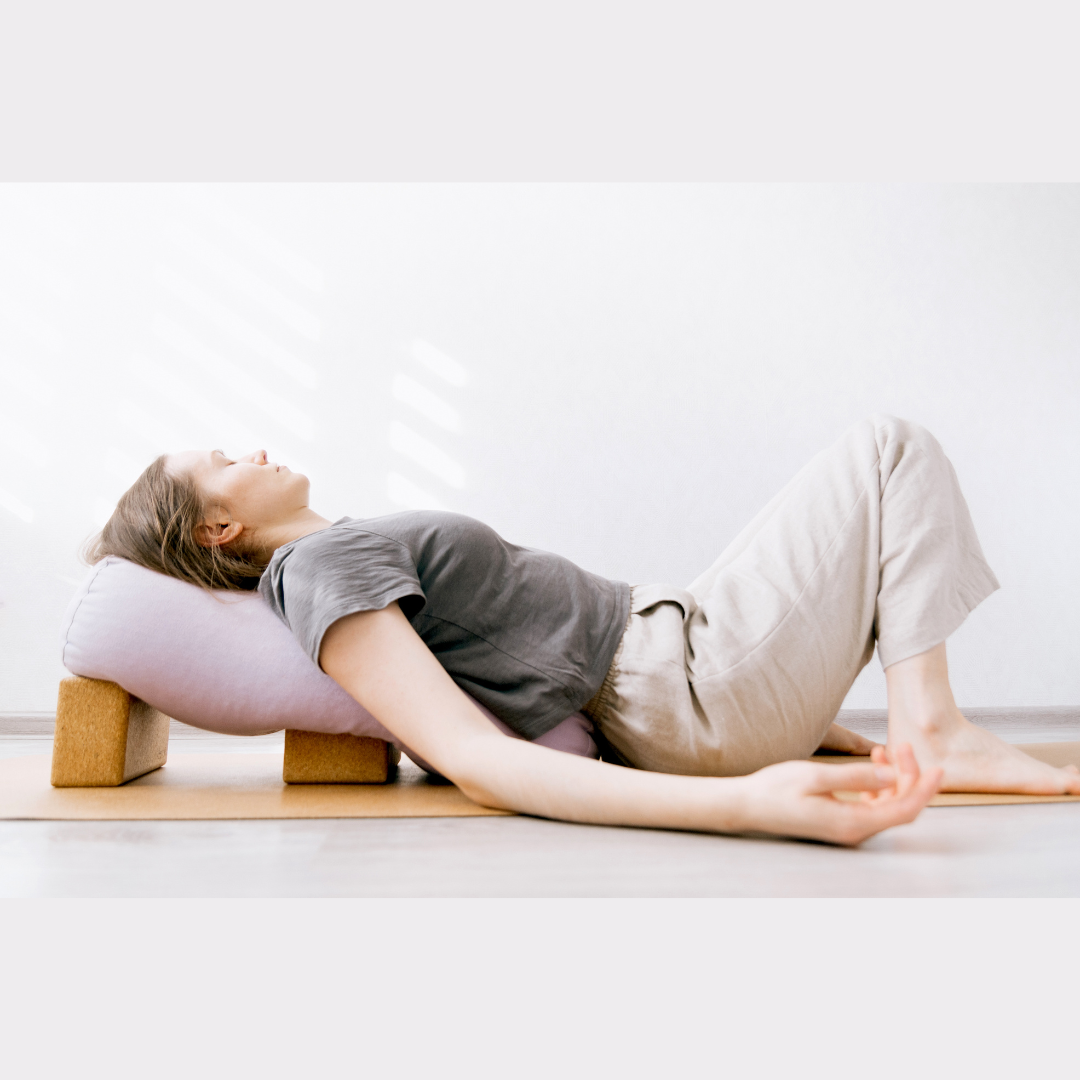Understanding how this practice can be an effective tool for managing grief and anxiety is invaluable. In this post, we’ll explore how restorative yoga offers gentle support and deep healing for those facing emotional challenges.
What is Restorative Yoga?
Restorative yoga is a soothing practice that emphasizes passive stretching, supported postures, and extended holds. Unlike more vigorous yoga forms, restorative yoga invites you to fully surrender into each pose, allowing both the body and mind to experience profound rest. This practice requires minimal effort, making it accessible to individuals in various physical and emotional states.
The Connection Between Grief, Anxiety, and Restorative Yoga
Grief and anxiety can leave us feeling heavy, overwhelmed, or disconnected. These emotional states affect both our mental clarity and physical well-being. Restorative yoga works as a bridge, bringing comfort and ease to the mind while calming the body’s response to stress.
By engaging in poses that support relaxation, such as supported child’s pose or reclining bound angle pose, restorative yoga activates the parasympathetic nervous system. This activation is essential for lowering heart rate, reducing muscle tension, and fostering a sense of inner peace. Practicing regularly helps create space within ourselves to process emotions gently and mindfully.
A Simple Restorative Sequence for Emotional Release
Here’s a brief sequence you can incorporate into your self-care routine or share with your readers to guide them through moments of grief and anxiety:
- Supported Child’s Pose (Balasana)
- Use a bolster or cushion under your chest and arms. Lean forward, resting your head and allowing your body to release tension. Hold for 5-10 minutes, breathing slowly.
- Reclining Bound Angle Pose (Supta Baddha Konasana)
- Place a bolster or folded blanket under your spine and let your legs fall open, bringing the soles of your feet together. Close your eyes and breathe deeply for 10-15 minutes.
- Legs-Up-the-Wall Pose (Viparita Karani)
- Lie with your legs up against a wall, hips supported by a blanket if needed. Rest your arms by your sides or place them on your abdomen. Hold for 10 minutes and focus on the rhythm of your breath.
Integrating Restorative Yoga into Daily Life
Consistency is key when it comes to finding solace through restorative yoga. Even dedicating 15-30 minutes daily can build resilience over time and enhance your ability to cope with emotional challenges. Encourage your readers to set aside a peaceful corner in their home for practice and integrate props like bolsters, blankets, or eye pillows to deepen relaxation.
Final Thoughts
Grief and anxiety are deeply personal and multifaceted experiences, yet there are gentle, nurturing ways to navigate them. Restorative yoga reminds us that peace is within reach, one breath and one pose at a time. As bloggers, sharing the value of restorative practices can empower others to reconnect with themselves and find moments of healing amidst life’s trials.
For those ready to embrace this approach, remember: restorative yoga isn’t about striving for perfection. It’s about surrendering to the process and finding comfort where you are now. Share these insights, and inspire your readers to discover the quiet strength that lies within them.

